Yosemite National Park Is Permanently Getting Rid of This for Visitors After Heated Debate
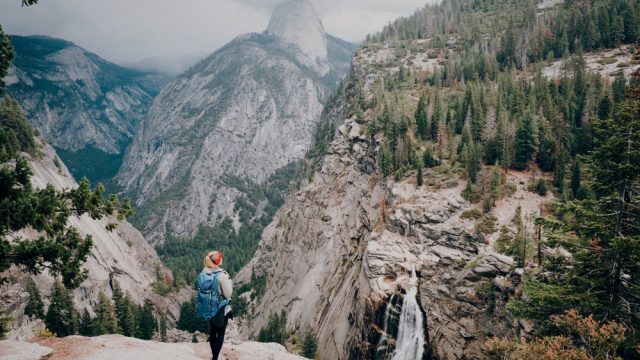
Out of all the sites administered by the National Park Service (NPS), Yosemite remains one of the sought-after for outdoors enthusiasts. It’s regularly within the top 25 most visited parks in the entire system, welcoming more than 3.3 million guests in 2021 looking to explore the stunning views, old-growth forests, and challenging rock formations that cover its roughly 1,200 square miles, according to NPS data. But now, the many guests who make their way to the park won’t have to deal with one thing when they arrive. Read on to see what Yosemite National Park is permanently getting rid of for visitors after a heated debate.
READ THIS NEXT: Yellowstone National Park’s Roads Are “Melting”—Here’s What That Means for Visitors.
Some parks have recently instituted a rule for visitors to prevent overcrowding.
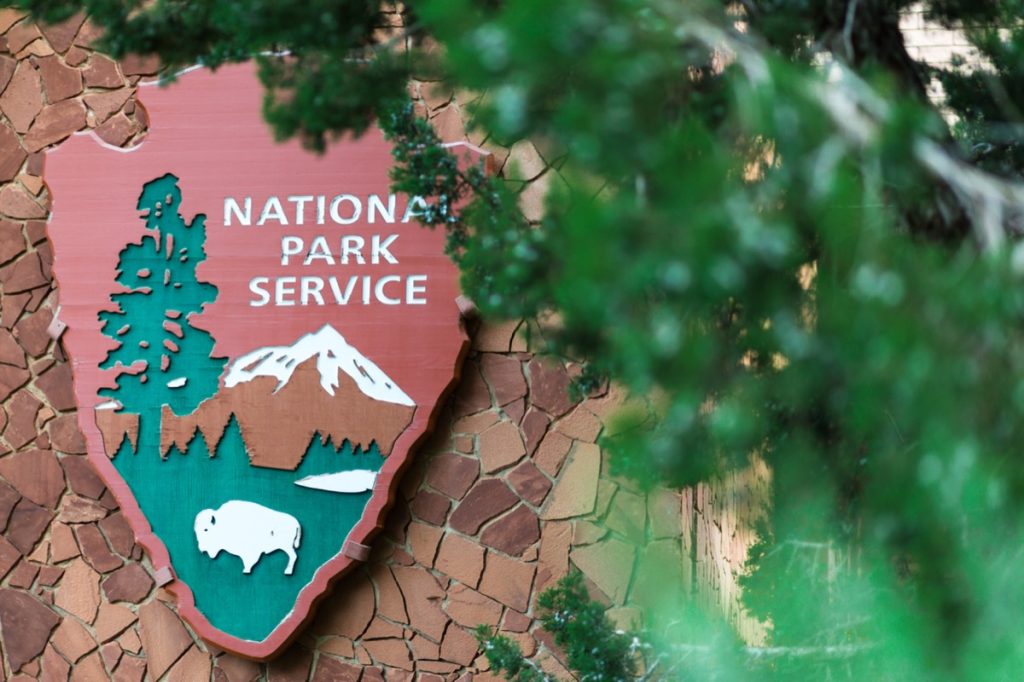
The NPS’s primary purpose is to protect and administer precious natural sites as public lands so future generations can enjoy them—and over 150 after its inception, it’s still achieving its goal. Even though the COVID-19 pandemic brought a drop in the system’s visitor count overall, numbers in 2021 were through the roof, with 44 of the most popular parks breaking previous attendance records, according to NPS. This includes six sites that had just seen their highest visitation counts the previous year.
However, the crowds aren’t spread evenly across the system’s 423 sites. The visitor data showed that just 25 of the parks received more than half of the 297.1 million recreation visits made to the system last year.
To avoid turning the majestic natural sites into parking lots with gridlock traffic, NPS administrators began experimenting with a reservation system to help relieve mounting congestion. Popular sites such as Rocky Mountain National Park, Glacier National Park, Arches National Park, Acadia National Park, and Yosemite National Park all instituted crowd control measures for their busy summer seasons. The system requires guests to book an entrance time, usually providing a two-hour window for arrival to help spread out traffic and limit overcrowding.
Some of the parks reported that the new systems were an all-around success. “We saw a lot of reduction in congestion and wait times and crowding at trailheads,” Kaitlyn Thomas, a spokesperson at Arches and Canyonlands national parks, told KSL.com. But now, one popular site has announced a significant change.
Yosemite announced it would be permanently getting rid of one controversial policy for visitors.
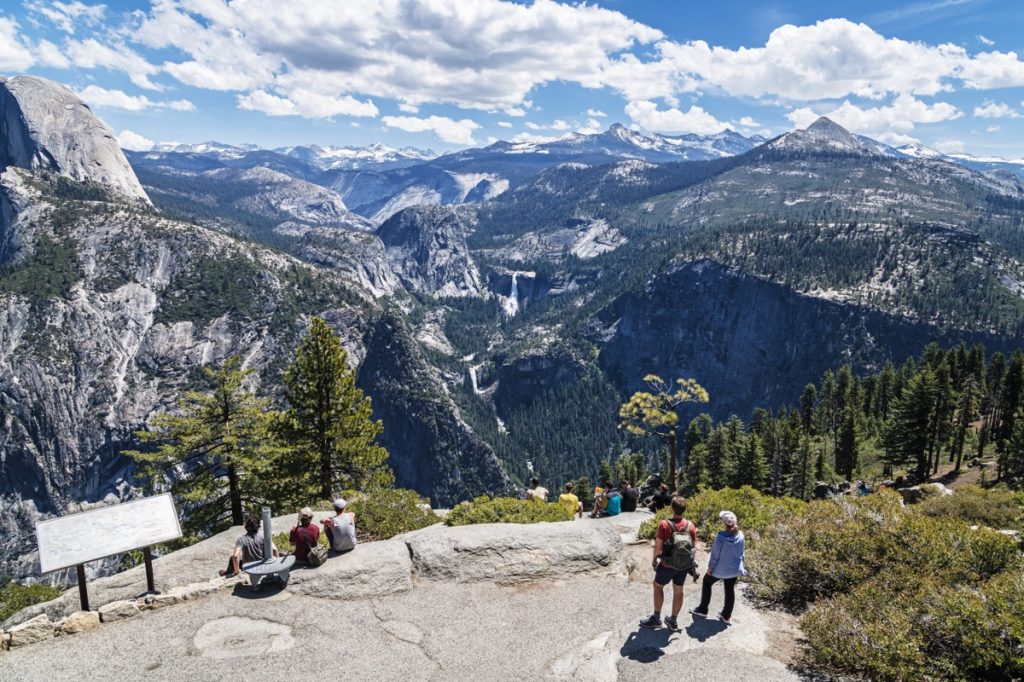
On Nov. 15, officials from Yosemite National Park announced that they would be permanently dropping the previous reservation system it started nearly three years ago. The site will not require bookings for the 2023 summer season, according to an official tweet.
“Reservations were required in the summers of 2020 and 2021 due to the pandemic and in summer 2022 when numerous key visitor attractions were closed for critical infrastructure repairs,” administrators wrote in the announcement. However, many of the construction projects have since finished or are nearing completion, The Mercury News reports.
In the previous system, visitors had to book ahead for any arrivals during the peak hours of 6 a.m. to 4 p.m. This year’s peak season ran from March 23 to Sept. 30.
RELATED: For more up-to-date information, sign up for our daily newsletter.
A different type of crowd control system could eventually be put in place.
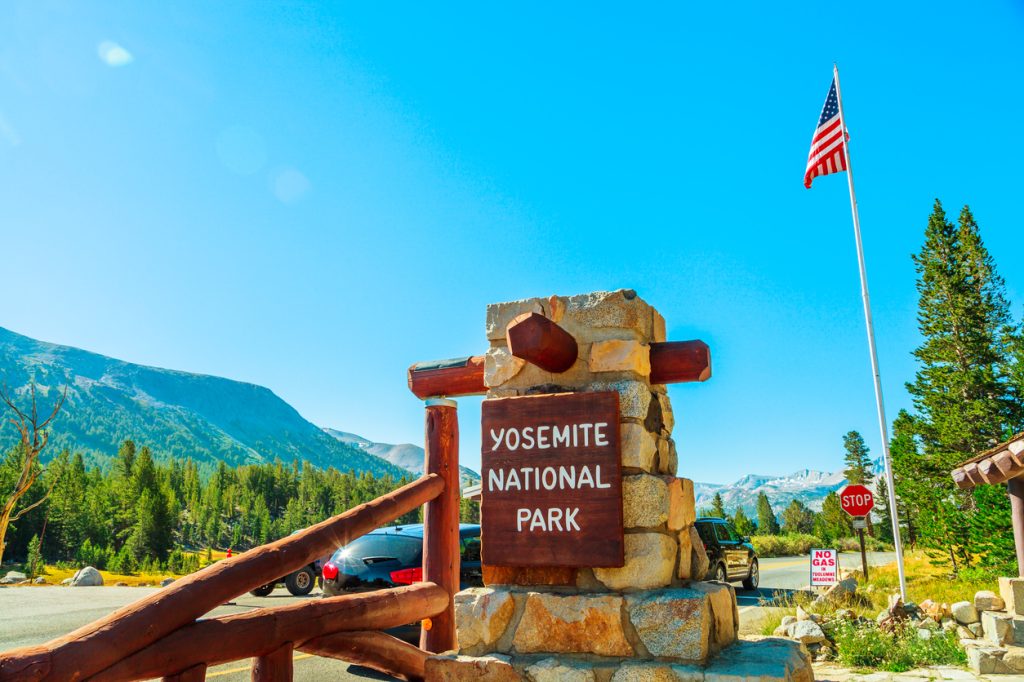
Park officials clarified that even though the reservation system had been considered a temporary solution, it didn’t necessarily mean another form of crowd control wouldn’t take its place in the future.
“Yosemite has been grappling with congestion—even gridlock—for decades,” they wrote. “We want to build from the lessons learned from the last three summers of managed access. Look for an announcement in December, when we’ll start seeking your help to design an approach that provides a great visitor experience while protecting Yosemite’s natural and cultural resources.”
Administrators directly acknowledged that they agreed with the need for a plan to reduce traffic. “The time is right to initiate this process and come up with a managed access plan,” Yosemite spokesman Scott Gediman told The Mercury News. “We’re hearing from visitors and the environmental groups that want to address this. It never had been addressed in a comprehensive plan. And we want to incorporate the tourism industry’s concerns.”
There has been pushback against removing the reservation system.
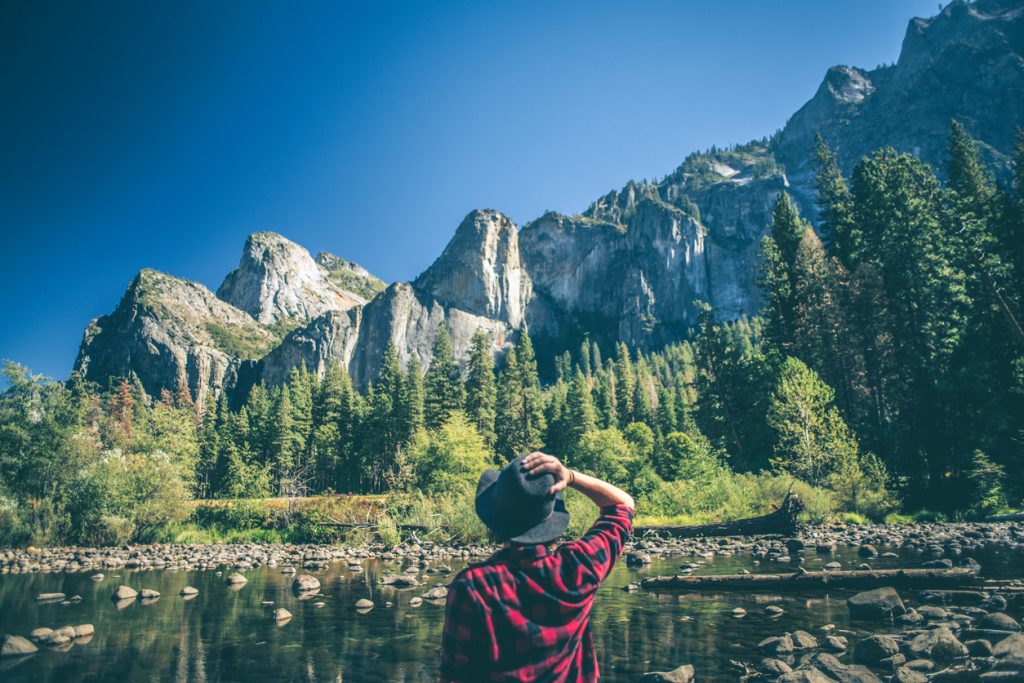
Even though the changes may seem like they will provide easier access to the beloved national park, some groups were concerned that it would negatively affect the visitor experience.
“The expectation when you go to Yosemite is that you are going to find a parking spot and then walk to see Yosemite Falls or hike to Vernal Fall,” Kati Schmidt, a spokeswoman for the National Parks Conservation Association in San Francisco, told The Mercury News. “But your experience can be sitting in gridlock traffic for hours. These reservation systems are a really important step forward, and we think the parks should continue them.”
The debate over the need for crowd control continued online as reactions to the park’s announcement came in. Some welcomed the change, saying the previous system was flawed and biased. “Thank you for dropping this!” one visitor wrote in a tweet replying to the NPS announcement. “Unless the reservation system is 100 percent day of only, quite often the people [with] computer programs are able to get the advanced reservations and the rest of us are left scrambling for whatever is left. It’s the same problem that happens with campgrounds.”
However, others were disappointed with the park’s decision. “Oh no, don’t get rid of the reservation system!” one user replied to the news. “I visited Yosemite for the first time in June, and everyone warned me that it would be overcrowded and difficult to navigate. But because of the reservation system, that was not the case and we had the chance to enjoy this park.”
“Had a great experience with the reservation system,” another visitor agreed. “Minimal traffic on the roads or trails. Keep something like it. Nothing is worse than seeing our national parks turned into parking wars.”